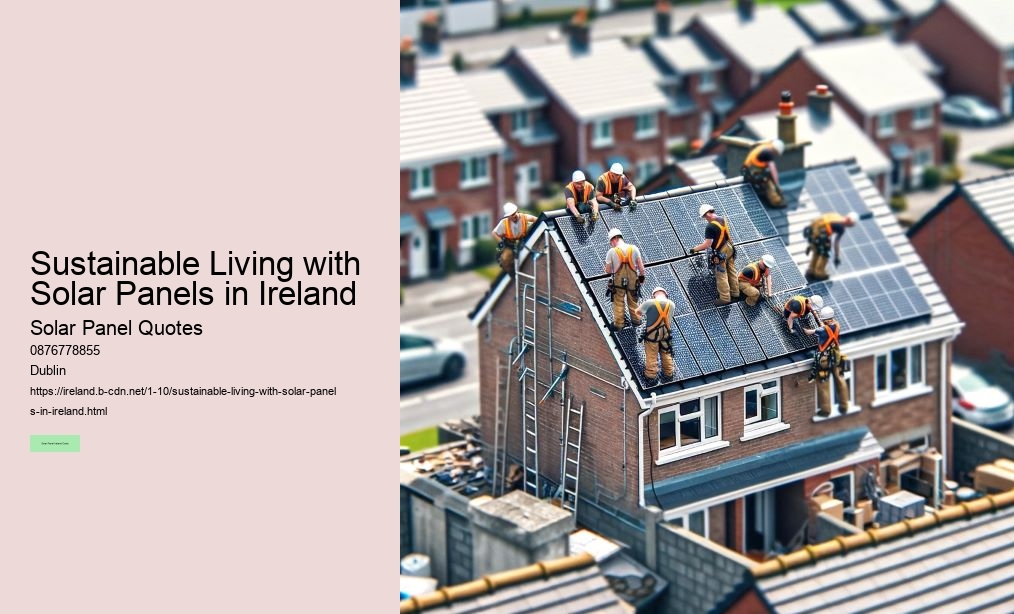

Government incentives in Ireland help reduce the financial burden of solar panel installations. Most systems come with warranties of 20 to 25 years, and their actual lifespan often exceeds this period.
This range depends on several factors, including the size of the photovoltaic system, the type of solar cells (monocrystalline silicon, polycrystalline silicon, or thin-film solar cells), and whether additional components like batteries, inverters, or shading optimizers are included.
While they may cost more than polycrystalline silicon panels, their higher energy output justifies the investment, especially for properties with limited roof space. water heating
The Microgeneration Support Scheme, combined with smart meters, enables homeowners to benefit from feed-in tariffs for surplus energy, making solar panels an even more attractive investment.
This approach supports sustainable energy development and aligns with global trends in reducing reliance on traditional power systems. Maintenance requirements for solar panels are minimal.
During this period, the cost of installation is offset by savings on electricity bills and income from selling excess energy back to the grid through the Microgeneration Support Scheme.

For those considering solar panel installation, the combination of financial incentives, advanced technology, and environmental benefits creates a compelling case. The Sustainable Energy Authority of Ireland (SEAI) offers grants of up to €2,400 for solar PV installations, while the removal of VAT on solar panels since May 2023 further reduces upfront costs. Choosing solar energy is not just about lowering electricity bills; it's about embracing a sustainable lifestyle.
The rising cost of electricity by source highlights the importance of energy independence. During this time, homeowners recoup their initial investment through energy savings and, in some cases, income from selling excess electricity back to the grid.
The Sustainable Energy Authority of Ireland (SEAI) offers grants of up to €2,400 to help offset installation costs. In addition to the type and number of solar panels, the inclusion of energy storage solutions can impact the cost.
Additionally, Thin-film solar cells are available for specific applications, adding versatility to the photovoltaic system market. This change also lessens reliance on non-renewable resources, promoting efficient energy use and supporting a cleaner environment.
After the payback period, households benefit from up to 20 years of free electricity, significantly reducing the cost of electricity by source over the system's lifespan. Regular cleaning and occasional inspections ensure that the panels operate at peak efficiency. Homeowners can start with smaller batteries and expand their storage capacity over time, making this an adaptable and scalable investment. The cost of installation will vary depending on factors such as roof orientation, shading, and the size of the solar system.
With the combination of government support, advanced technology, and long-term savings, solar panels are an investment that pays dividends for both your wallet and the environment. These panels, while slightly more expensive than polycrystalline options, are known for their durability and high performance. Monocrystalline panels, known for their high efficiency, are ideal for properties with limited space, as they produce more electricity per square meter.
These systems not only lower electricity prices but also align with global trends toward sustainable living. Monocrystalline silicon panels, known for their high efficiency and durability, are a popular choice in Ireland. These components ensure the system operates efficiently, even under less-than-ideal conditions.
Monocrystalline panels are ideal for those seeking maximum efficiency, while polycrystalline panels offer a more affordable solution with solid performance. These initiatives align with Ireland's goals of reducing greenhouse gas emissions and encouraging sustainable energy practices. This process, supported by feed-in tariffs, not only rewards homeowners financially but also strengthens the country's renewable energy infrastructure.


When discussing the cost of solar panels in Ireland, it's essential to consider a variety of elements that contribute to the overall price.
Advanced energy storage systems can be scaled over time, starting with a smaller capacity and expanding as energy consumption increases. The inclusion of optimizers for shading or advanced solar inverters can also affect the overall price.
Once installed, solar panels require minimal maintenance.
By generating electricity from sunlight, homeowners reduce greenhouse gas emissions and their dependence on fossil fuels.
For homeowners in Ireland, the cost of installing solar panels typically ranges from €6,000 to €18,000, influenced by factors like system size, energy needs, and additional components.

A professional site assessment can help identify the most suitable system configuration for your home, ensuring maximum efficiency. Regular maintenance, such as cleaning and periodic performance checks, ensures the system operates at peak efficiency throughout its lifespan.
Energy storage is another consideration for homeowners evaluating the cost of solar panels.
Advances in technology, particularly in monocrystalline silicon panels, allow for greater energy production within smaller areas.
By choosing renewable energy solutions, individuals not only reduce their electricity bills but also support broader goals of sustainability, reduced carbon emissions, and efficient energy use.

Solar panels typically pay for themselves within 5 to 7 years in Ireland through savings on electricity bills.
The average cost of installing solar panels in Ireland ranges from €6,000 to €18,000, depending on the size and specifications of the system.